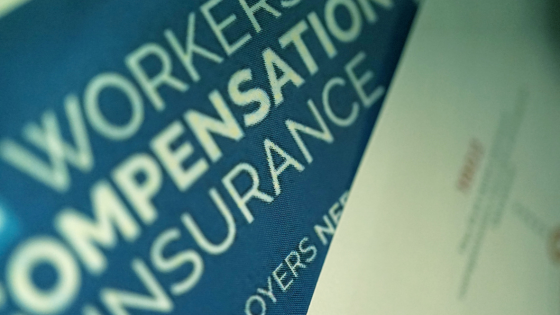June is National Safety Month. For employers, this is the perfect time to refresh your knowledge of workers’ compensation, including what it does and does not cover. It’s also the ideal time to take steps to reduce workplace injuries to prevent claims.
Hawaii Workers’ Compensation Insurance: What Does It Cover?
Since workers’ compensation insurance programs are regulated by state law, coverage details can vary somewhat between states. However, many of the basic aspects of coverage are the same across the nation.
Generally, workers’ compensation insurance covers employees who suffer a work-related illness or injury. Workers’ compensation benefits can include compensation for lost wages and medical expenses while workers recover from work-related injuries and illnesses. In worst case scenarios, workers’ compensation can also pay permanent disability or death benefits.
In Hawaii, employers who have at least one employee are generally required to maintain workers’ compensation coverage. This is true no matter if the employee is a part-time or full-time worker and applies to both permanent and temporary workers. Workers’ compensation insurance benefits in Hawaii can include the following:
- Medical benefits
- Temporary partial or total disability benefits (lost wages)
- Permanent partial or total disability benefits
- Disfigurement payments
- Death payments
- Vocational rehabilitation
Workers with work-related injuries or illnesses are typically eligible for Hawaii workers’ compensation benefits. Workers’ compensation claims can be filed for a variety of injuries that occur at work – from cuts and strains to repetitive use injuries like carpal tunnel syndrome. Claims can also be filed for illnesses arising from exposures at work, such as when a fireman develops lung cancer from smoke inhalation. If a worker is injured in a car accident while driving on the job, it also falls under the jurisdiction of workers’ compensation, as does an injury or death arising from a workplace shooting.
Can a worker file a claim for catching COVID-19 at work? Because it can be difficult to prove where a worker caught a communicable disease, COVID-19 claims have not always been successful. However, according to the Hawaii Department of Labor and Industrial Relations, COVID-19 can be recognized as a work-related injury if the employee was exposed to COVID-19 in the course of his or her work duties.
Keeping Workers Safe
Under OSHA, employers have a duty to provide a safe workplace. In Hawaii, there is the Hawaii Occupational Safety & Health (HIOSH) branch of the State Department of Labor. Most employers in Hawaii fall under HIOSH. Keeping workers safe is also the best way to avoid expensive workers’ compensation claims and higher insurance rates. A safe workplace culture can also boost morale, improve worker retention and increase productivity. Below are some tips to help employers and employees cultivate a safe environment.
- Management support. Safety is a commitment from management as well as employees. Everyone must be committed to a safe workplace. Management support can take many forms, including active participation, staffing, and financial assistance.
- Model and encourage safe behavior. Unsafe habits can develop if workers are pressured to cut corners to meet deadlines or if they see their supervisors engaging in unsafe behavior. Build safety into your daily operations.
- Train workers how to do their jobs safely. Safety training is especially important for new workers. However, all workers can benefit from refreshers and reminders, especially if there have been incidents, close calls or changes in operation.
- Conduct safety inspections. Regular and routine safety inspections will help to identify workplace hazards and will afford you the opportunity to mitigate these hazards before they lead to injuries.
- Provide appropriate personal protective equipment. In addition, make sure workers know how and when to use the personal protective equipment.
- Promote safe driving. Your drivers are at a higher risk of suffering a collision if they are speeding or distracted. Promote safe driving, and make sure your policies and requirements don’t pressure drivers to engage in unsafe practices. If you operate a fleet, telematics programs can help you ensure drivers stay safe behind the wheel. In addition, make sure vehicles and tires are in good condition.
- Know your industry’s regulatory requirements. Depending on your jurisdiction, you may fall under HIOSH or Federal OSHA (Occupational Safety & Health Administration) standards. They are developed with safety in mind. Adhering to these standards can help you avoid both injuries and HIOSH or OSHA fines.
- Proactively manage workers’ compensation claims. If a claim is reported, encourage prompt treatment using telehealth if possible. Offer injured workers transitional modified duty work if needed and stay in touch with proactive, positive communication.
It’s important to take steps to reduce workplace injuries, and to partner with an insurer that helps you navigate safety concerns in your industry. Need guidance? Learn more about business insurance from FICOH

